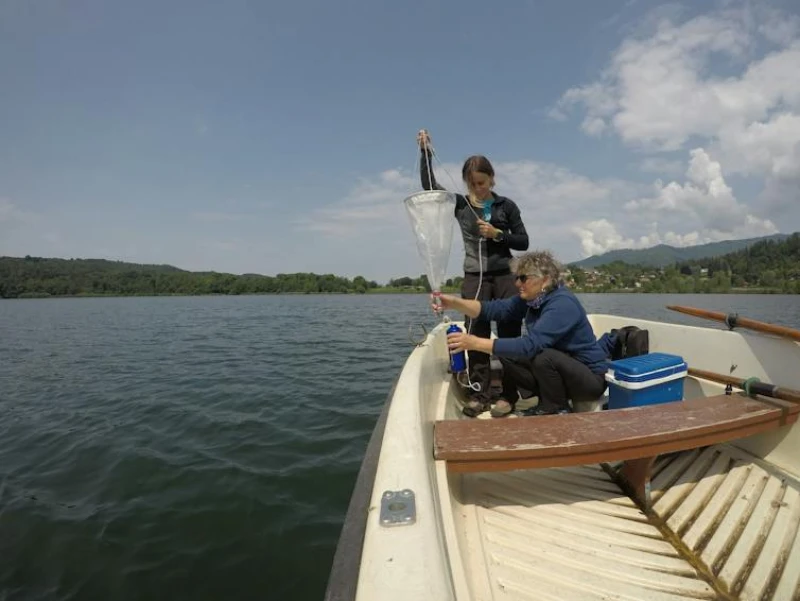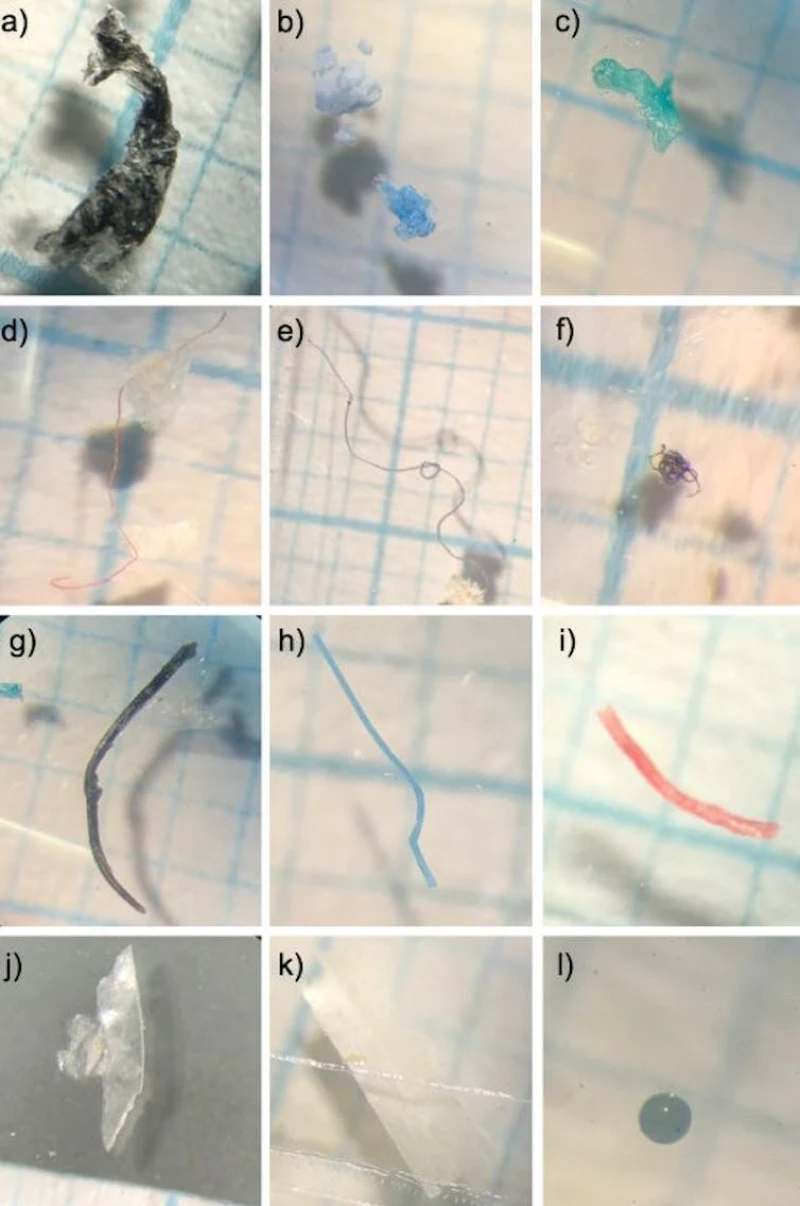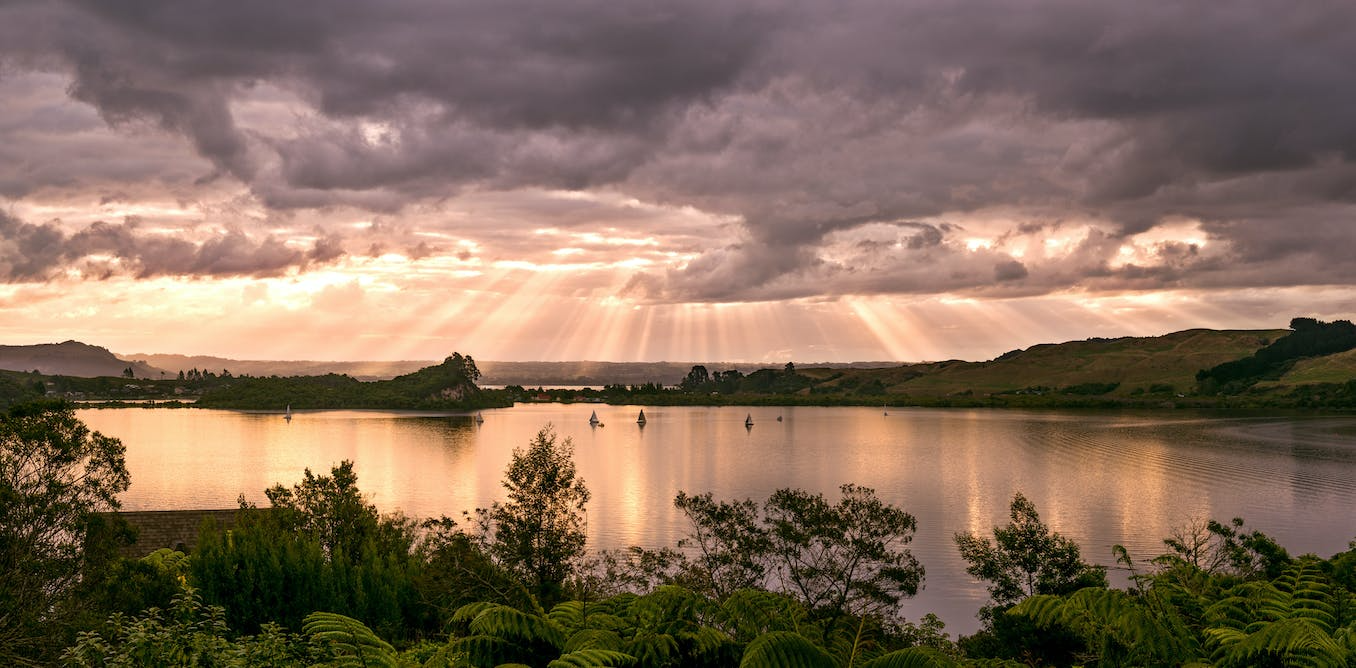Shutterstock/Troy Wegman
Author
- Deniz Özkundakci, Associate Professor School of Science Teaching and Research, University of Waikato
The level of microplastic pollution in New Zealand lakes is comparable with those in the US or Europe, despite much lower population densities, according to our global analysis of plastic pollution in freshwater lakes and reservoirs.
Globally, our results show two types of lakes are particularly vulnerable to plastic contamination: those in densely populated and urbanised areas and large lakes with long water retention times.
In some lakes, we found plastic fragments are accumulating at higher concentrations than in the so-called “garbage patches” in the ocean.
Of the three New Zealand lakes included in the study – Rotorua, Taharoa and Wiritoa – microplastic pollution was highest in Lake Rotorua, equal to lakes in the northern hemisphere with much larger populations living along their shores.
Our study is the first to develop a standardised protocol for looking at microplastics in lakes and across a range of environmental conditions. This allows us to quantify the pollution, compare lakes and extrapolate results from these case studies to other systems.
Globally, lakes in or near built-up areas were significantly more polluted than those in less populated areas. But not a single lake in this study was unaffected by plastic pollution, no matter how far it was from human activity.

All lakes in this study showed microplastic pollution, but lakes in more populated areas generally had higher levels. Veronica Nava, CC BY-SA
The findings for New Zealand lakes are disappointing for a country that prides itself on a green image. Discovering this much plastic in lakes is a reflection of our current state of environmental ethics and stewardship.
We need to become more aware of the effects of our use of products with short life cycles to lessen the environmental degradation that results from their disposal.
Lakes as sinks for pollution
The global lake ecological observatory network (GLEON) collected samples for our analysis. The samples cover 38 lakes across 23 different countries and six continents.
While a lot of research has investigated microplastic pollution in the ocean, there are very few studies on microplastics in freshwater ecosystems. But most lakes are long-term sinks for contaminants and pollutants, including microplastics.
We specifically measured levels of small plastic particles, from microplastics to macroplastics, measuring 5-10mm in diameter.

Images of different shapes of plastic particles collected in water samples, showing fragments (a–c), fibre (d–f), filaments (g–i), film (j,k) and pellets (l). Author provided, CC BY-SA
We found mostly fragments and fibres of plastics that are generally considered easy to recycle – not the hard-to-recycle plastics currently being phased out in New Zealand.
This means we have to investigate more closely how these easily recyclable plastics remain in the environment and get into lakes. But the issue of plastic debris in lakes is severely understudied in New Zealand.
Ecological impacts
We collected and filtered hundreds of thousands of litres of water to have representative samples for each lake.
Some of the smaller fragments, which were predominant in the samples, are small enough to be ingested by various organisms, mostly fish and filter feeders such as freshwater mussels.
I worry that we underestimate the effects of plastics on the food web. Although our samples represent a snapshot, we know New Zealand lakes are home to a diversity of native and introduced fish and mussels, some of which are harvested.
Plastic pollution in lakes could also impact sources of drinking water. We are concerned about growing evidence of chemical leaching from plastics into water.
One of the most important things we should take away from this work is that it serves as an early warning. To identify the extent of plastic pollution across New Zealand lakes, a nationwide baseline survey, using the same standardised methodology, would be a good starting point.
The next step would be to better understand the sources and identify any hotspots of microplastics to inform management to reduce the level of pollution.![]()
Deniz Ozkundakci, Associate Professor of Lake and Freshwater Science, University of Waikato
This article is republished from The Conversation under a Creative Commons license. Read the original article.




